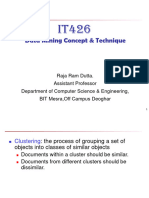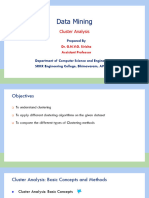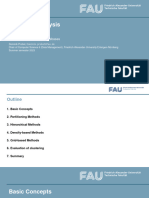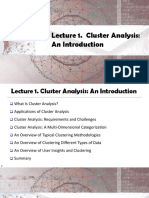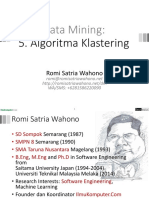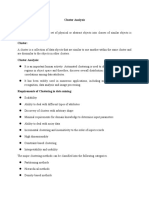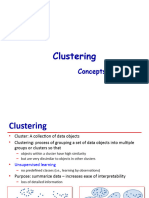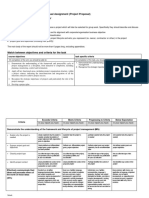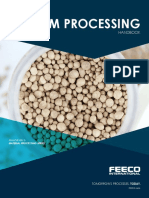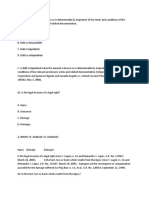0% found this document useful (0 votes)
6 views14 pagesClustering Methods
Cluster analysis is a method of grouping similar data objects into clusters based on their characteristics, using unsupervised learning. It has various applications across fields such as biology, marketing, and city planning, and serves as a preprocessing tool for other algorithms. The quality of clustering depends on factors like intra-class similarity, inter-class similarity, and the similarity measures used.
Uploaded by
pobocow192Copyright
© © All Rights Reserved
We take content rights seriously. If you suspect this is your content, claim it here.
Available Formats
Download as PDF, TXT or read online on Scribd
0% found this document useful (0 votes)
6 views14 pagesClustering Methods
Cluster analysis is a method of grouping similar data objects into clusters based on their characteristics, using unsupervised learning. It has various applications across fields such as biology, marketing, and city planning, and serves as a preprocessing tool for other algorithms. The quality of clustering depends on factors like intra-class similarity, inter-class similarity, and the similarity measures used.
Uploaded by
pobocow192Copyright
© © All Rights Reserved
We take content rights seriously. If you suspect this is your content, claim it here.
Available Formats
Download as PDF, TXT or read online on Scribd
/ 14























